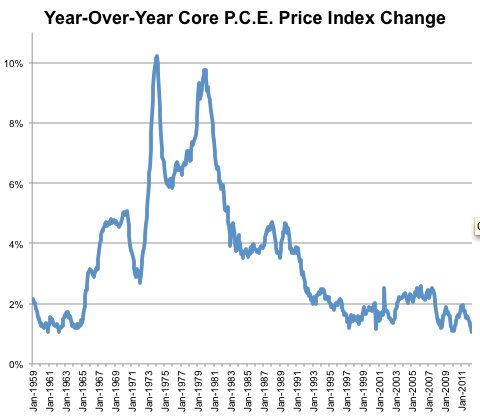The commercial ends with the word “Love” on screen.
The spot, heartwarming to many, began on national television on Monday and was uploaded to YouTube on Wednesday. But it has caused a furor for the maker of Cheerios, General Mills, because an interracial cast portrays the family.
The advertisement, which features a black father and white mother, has generated vituperative comments online, but General Mills says it stands by the commercial.
The ad will “absolutely not” be withdrawn, Meredith Tutterow, associate marketing director for Cheerios and Multigrain Cheerios at General Mills in Golden Valley, Minn., said Friday.
“There are many kinds of families,” Ms. Tutterow said, “and Cheerios just wants to celebrate them all.”
The casting has attracted angry comments, many of them overtly racist. The volume of negative remarks on YouTube reached the point that General Mills has temporarily disabled the commenting function.
On the approval/disapproval counter accompanying the video, which continues to register likes and dislikes, there were more than 700 “thumbs down” as of Friday evening, compared with more than 6,400 “thumbs up.”
As those numbers suggest, the preponderance of comments online and in social media about the commercial was positive, and Ms. Tutterow added, “We’re really gratified.”
But the fact that there were so many negative remarks — including racist language — has attracted widespread attention. For example, the AdFreak blog that is part of Adweek.com ran a post under the title “It’s 2013, and People are Still Getting Worked Up About Interracial Couples in Ads.”
Ms. Tutterow said she was not taken aback by the amount of negative reactions or their tone, but, “We’re a bit surprised it’s turned into a story.”
General Mills always hears from consumers, pro and con, about its ads, especially a major brand like Cheerios, Ms. Tutterow said. She added that the YouTube comments would be enabled again, but she did not know when.
The interracial family cast might be the first for a Cheerios commercial, Ms. Tutterow said.
But it is certainly not the first TV commercial for a major consumer brand to depict an interracial family.
There was speculation that the presence of an interracial family in an ad for a brand as familiar and ubiquitous as Cheerios may have generated the attention, or perhaps it was the debate on the front page of the popular social-news site Reddit.
General Mills reacted quickly to the negative comments as they began arriving in midweek. After a Twitter user wrote on Wednesday about the “horrible, racist comments” on YouTube, a reply was sent from the official Cheerios Twitter feed that thanked him “for the head’s up,” adding, “They’ve since been removed.”
The commercial was produced by Saatchi Saatchi in New York, part of the Publicis Groupe.
Lynne Collins, a spokeswoman at the agency, said, “It is important for us to make sure the work reflects the people we’re trying to sell products to.”

This article has been revised to reflect the following correction:
Correction: May 31, 2013
An earlier version of this article misstated the word that is displayed onscreen at the end of the Cheerios commercial. It is “Love,” not “Smile.”
Article source: http://www.nytimes.com/2013/06/01/business/media/cheerios-ad-with-interracial-family-brings-out-internet-hate.html?partner=rss&emc=rss









